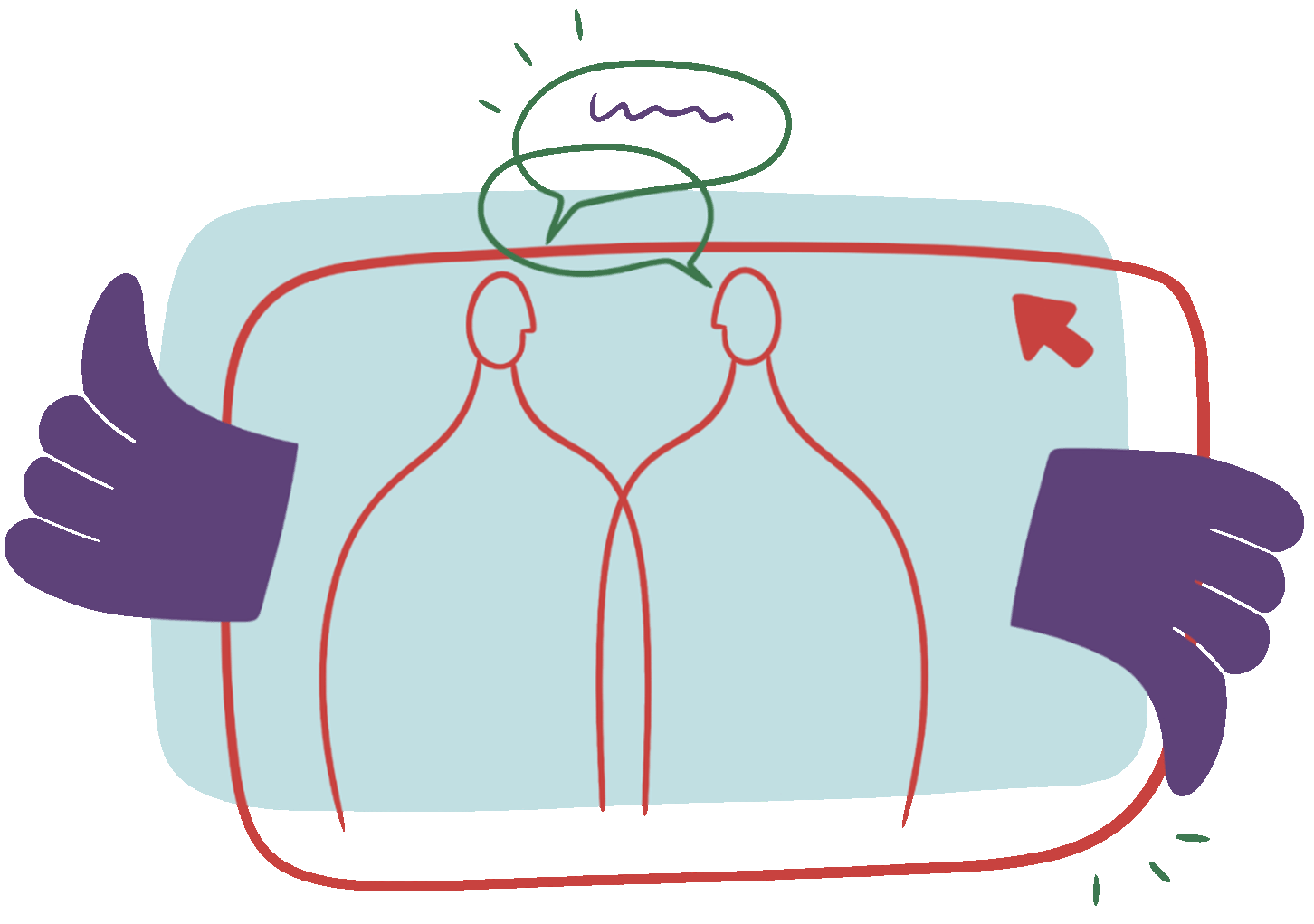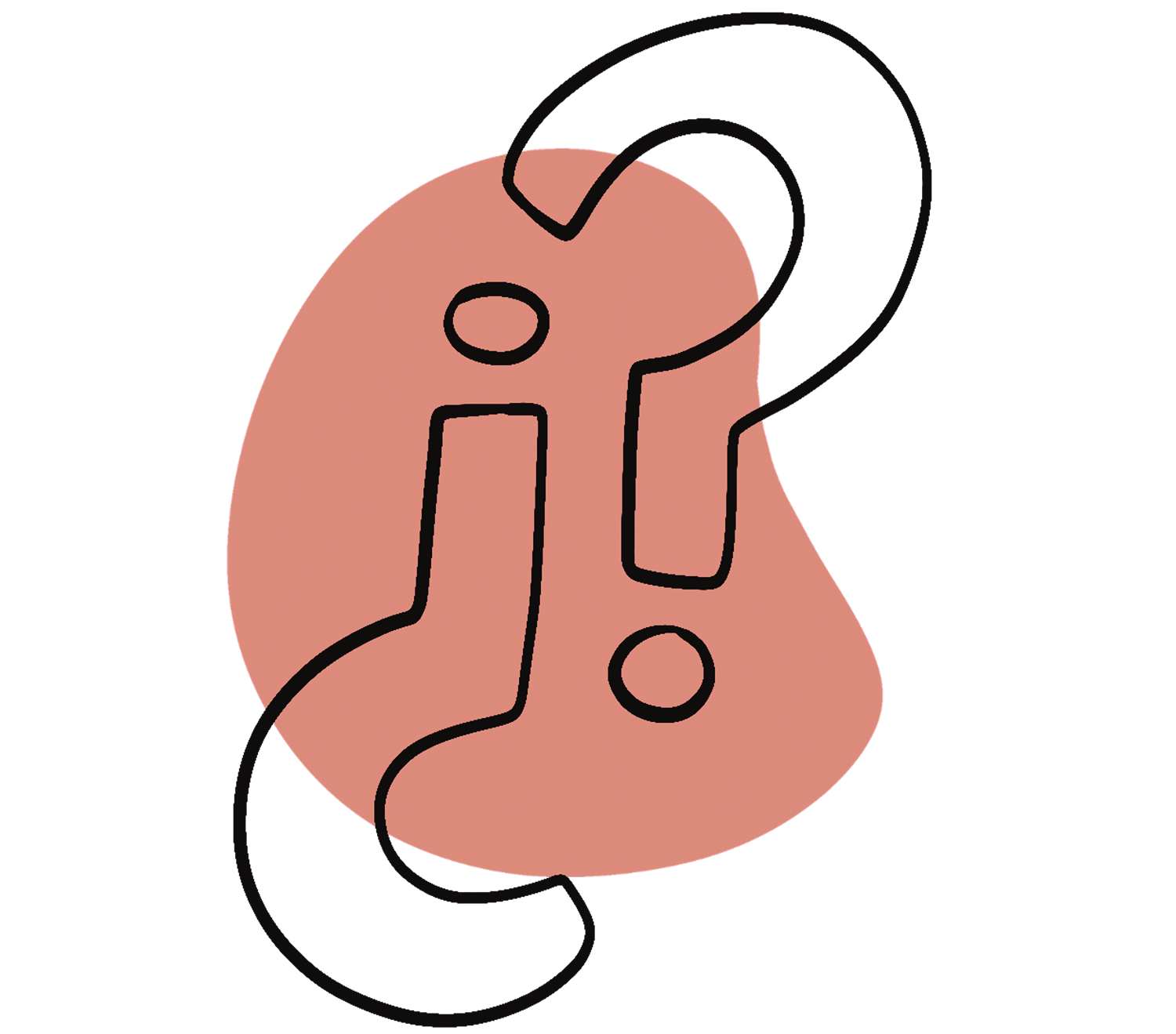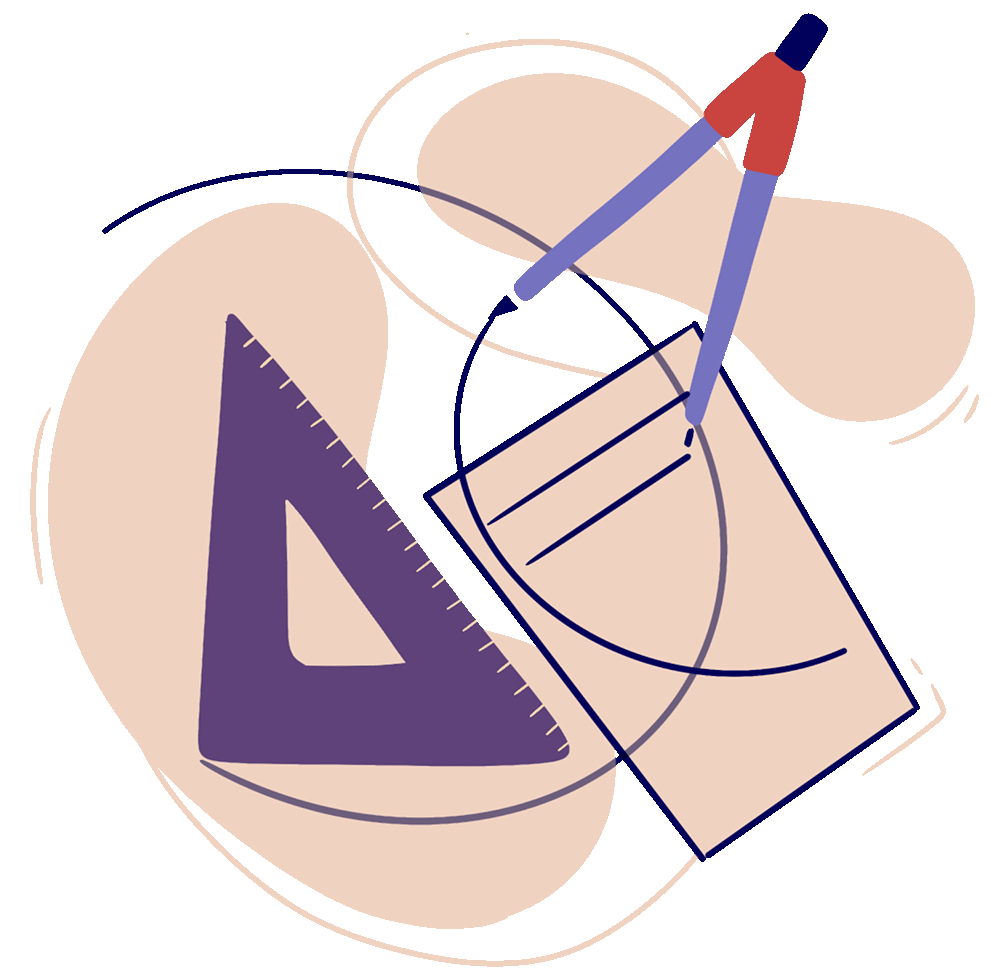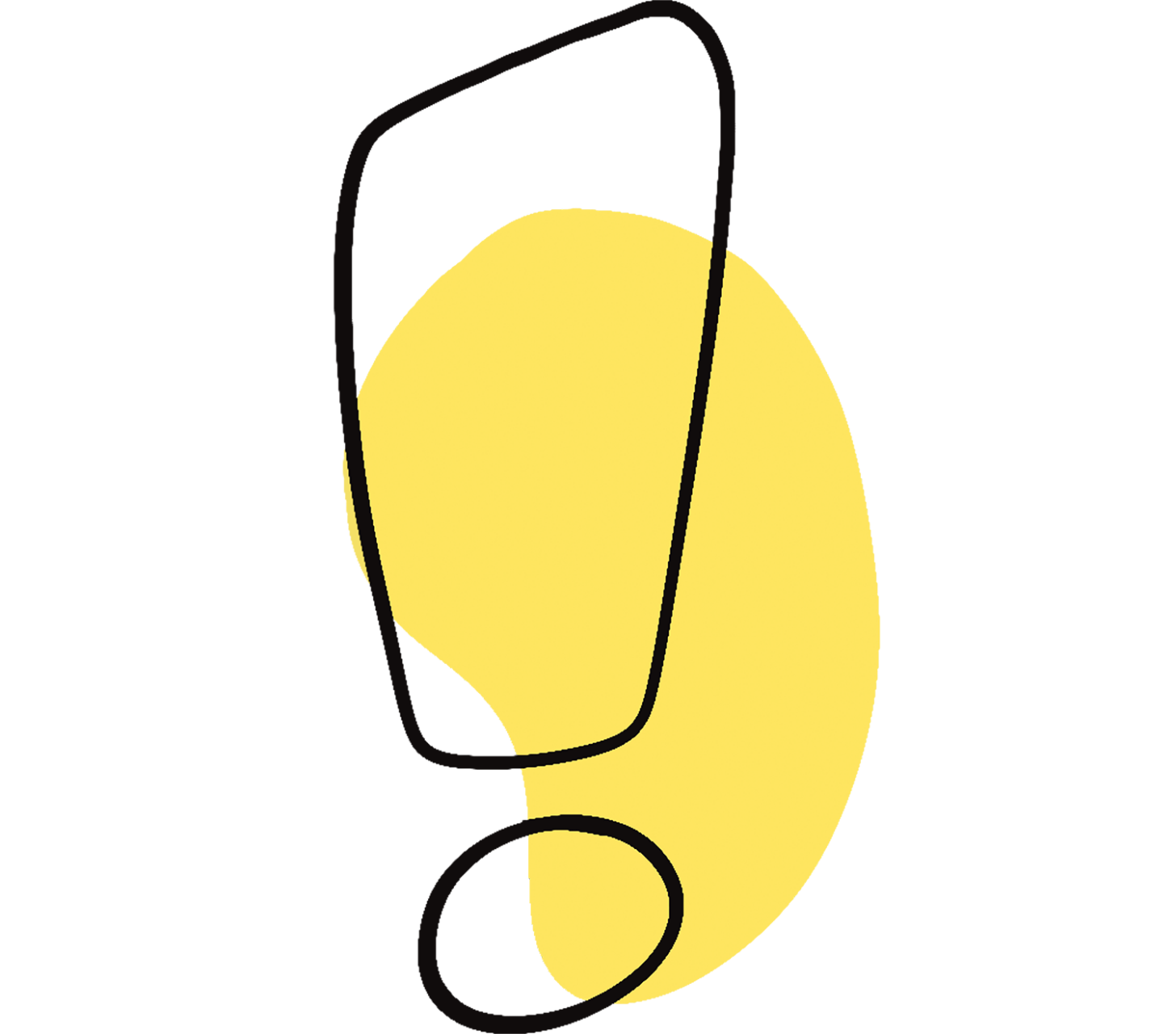
This also applies to translation tools or ChatGPT.
In principle, only sources that can be read and verified by others should be cited.
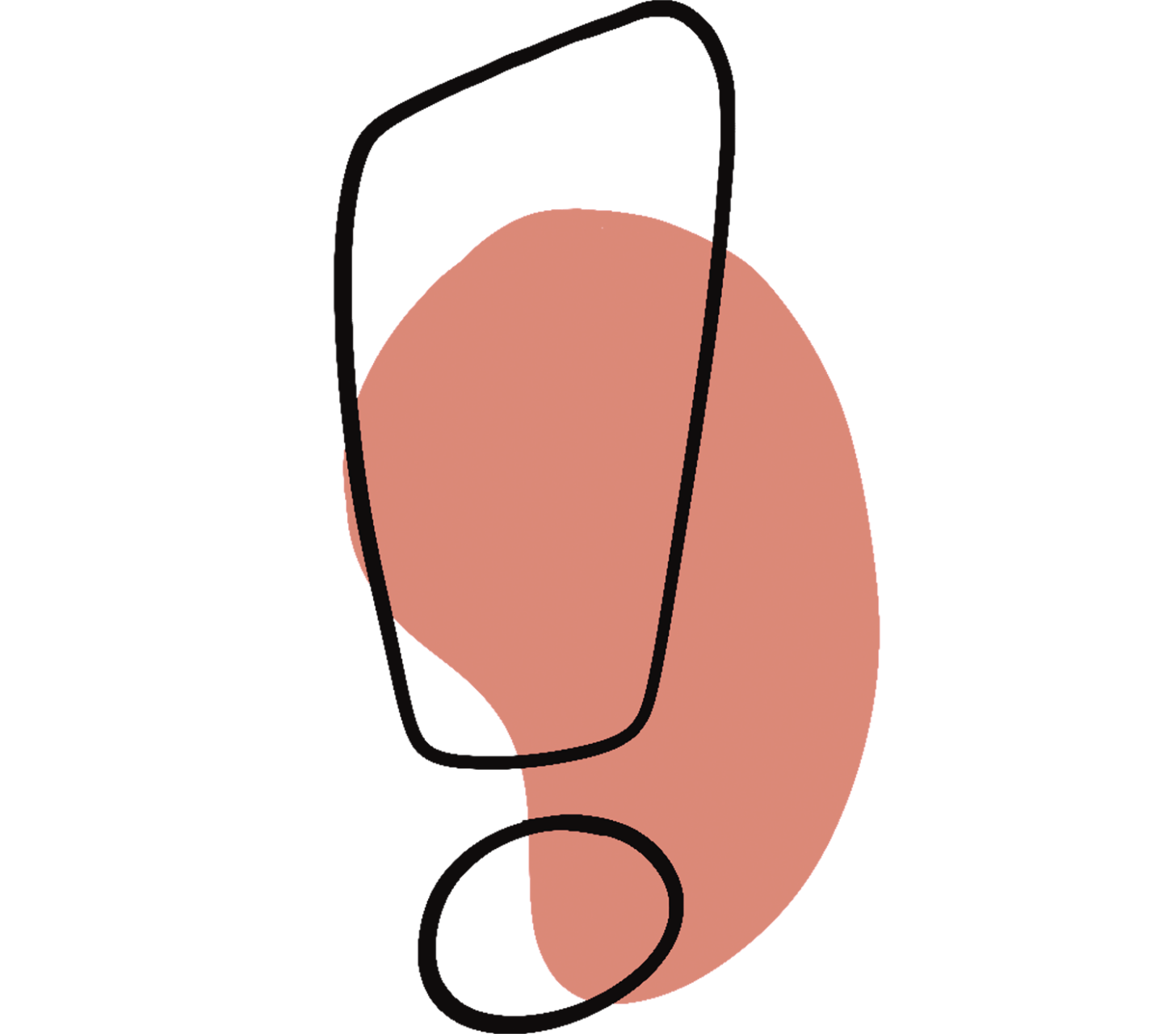
In the Natural Sciences, it is common to paraphrase sources – in other words, to read the original text and summarize the relevant aspects in your own words.
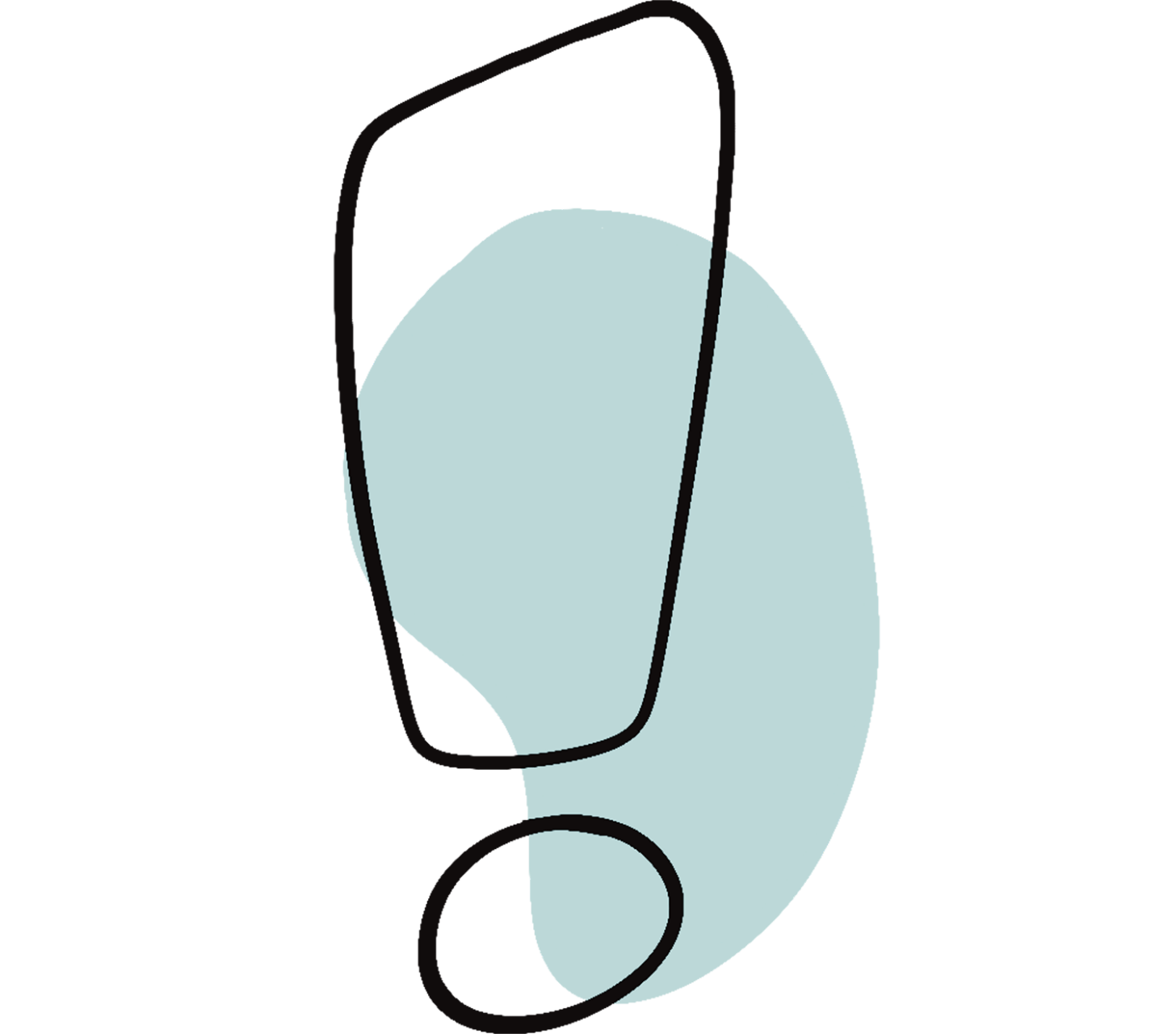
When citing, you must also include the exact page number of the reference, e.g. [5, p. 854].
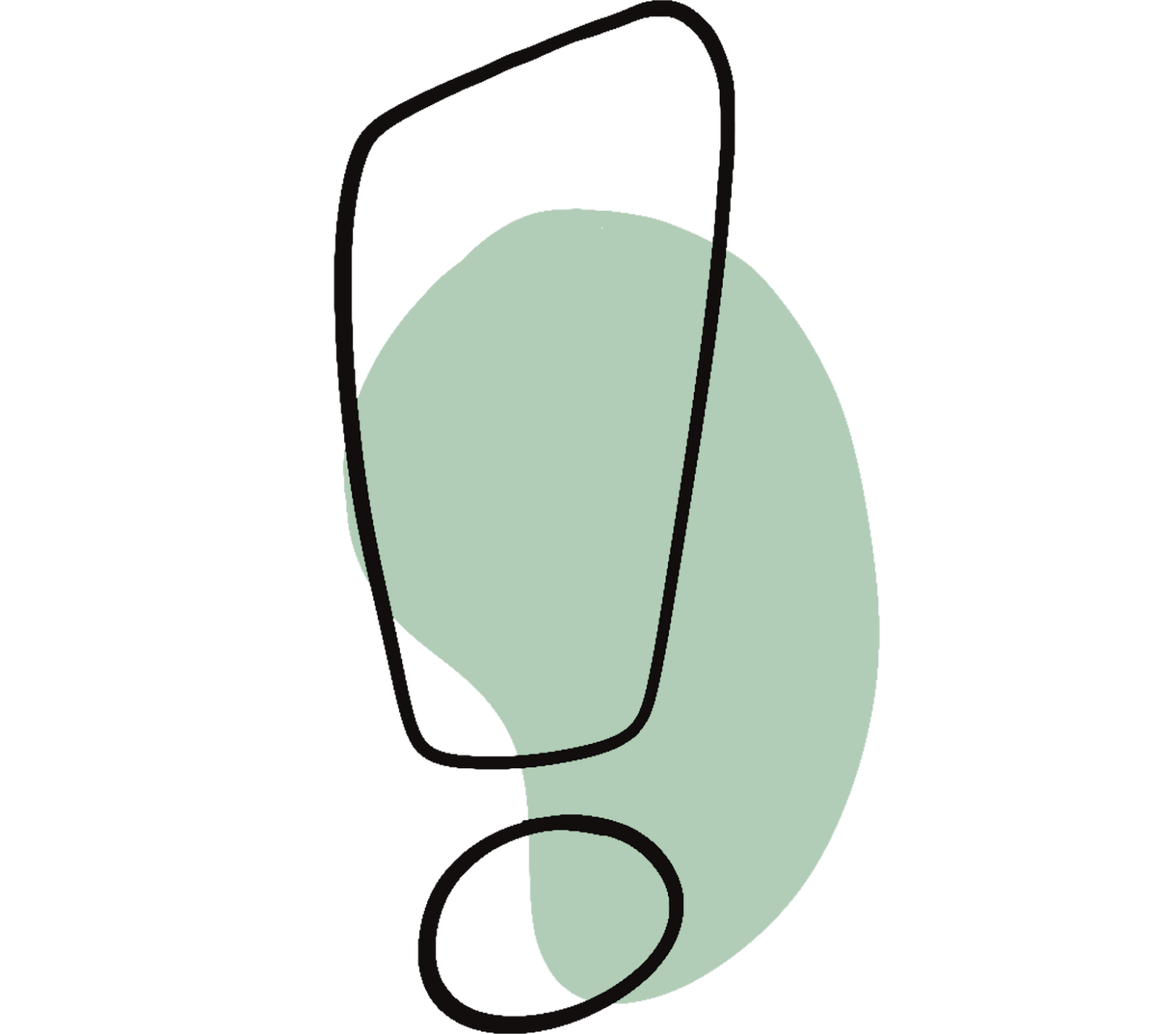
In direct quotations, the cited text is placed in quotation marks and reproduced exactly as in the original source:
- If words must be inserted for better understanding, enclose them in square brackets.
- If parts are omitted, indicate this with […]. This is only acceptable if the meaning remains unchanged.

For textbooks or sources from which you cite different sections, also include the respective page number in the in-text reference.
In the bibliography at the end of your work, list all literature you used in full.

If you do not identify direct or indirect quotations from the literature as such, this constitutes plagiarism.

Please note the information provided in the general Moodle course of the Faculty of AC for guidance on citation styles and suitable reference management programs.
Bibliography:
- The bibliography is a complete list of the sources you used, included at the end of your work. List only those sources you have cited in your text.
- The bibliography should allow readers to trace the sources you used. Entries must be detailed enough for readers to locate and consult the source themselves.
- The bibliography must be complete and consistent in format.
- References are ordered according to their appearance in the text. Each entry ends with a period.
- If you use a citation style other than the one recommended by the faculty, discuss it with your supervisor.
- Online sources must also be cited, always including the date of access.
- Abbreviations of chemistry journals can be found on the Chemical Abstracts Service (CAS) website.
Example: U. Böhme, S. Tesch, Citing: Why and How? Nachr. Chem. 2014, 62 (9), p. 852–857.
What happens in the case of plagiarism?
If you fail to identify direct or indirect quotations as such, this is considered plagiarism. Plagiarism may result in your work being graded as failed. When in doubt, always consult your supervisor.
How should I organize my sources in the bibliography?
References are listed in the order they appear in the text. Each entry ends with a period.
This article was published in October 2025 and last updated in November 2024.

